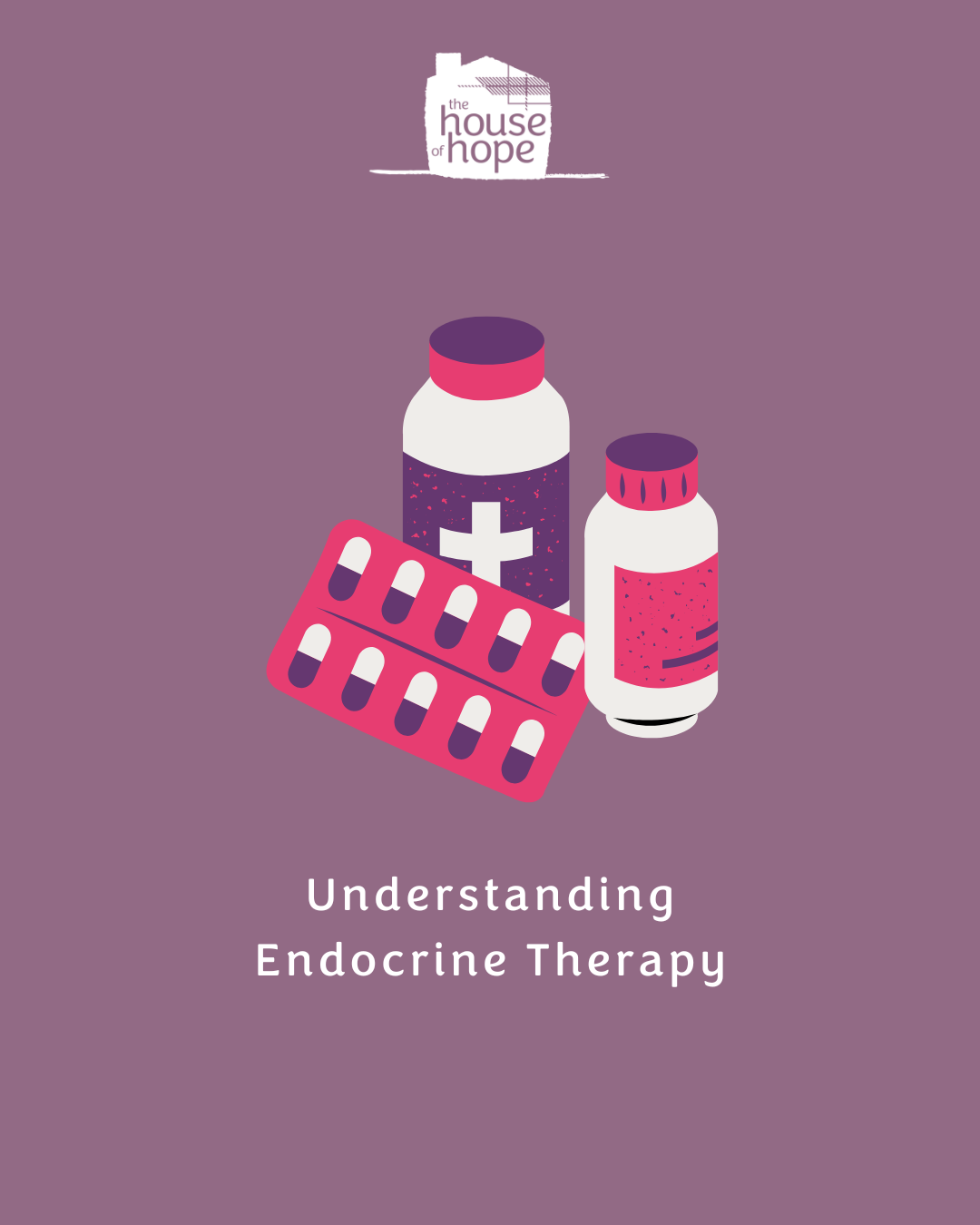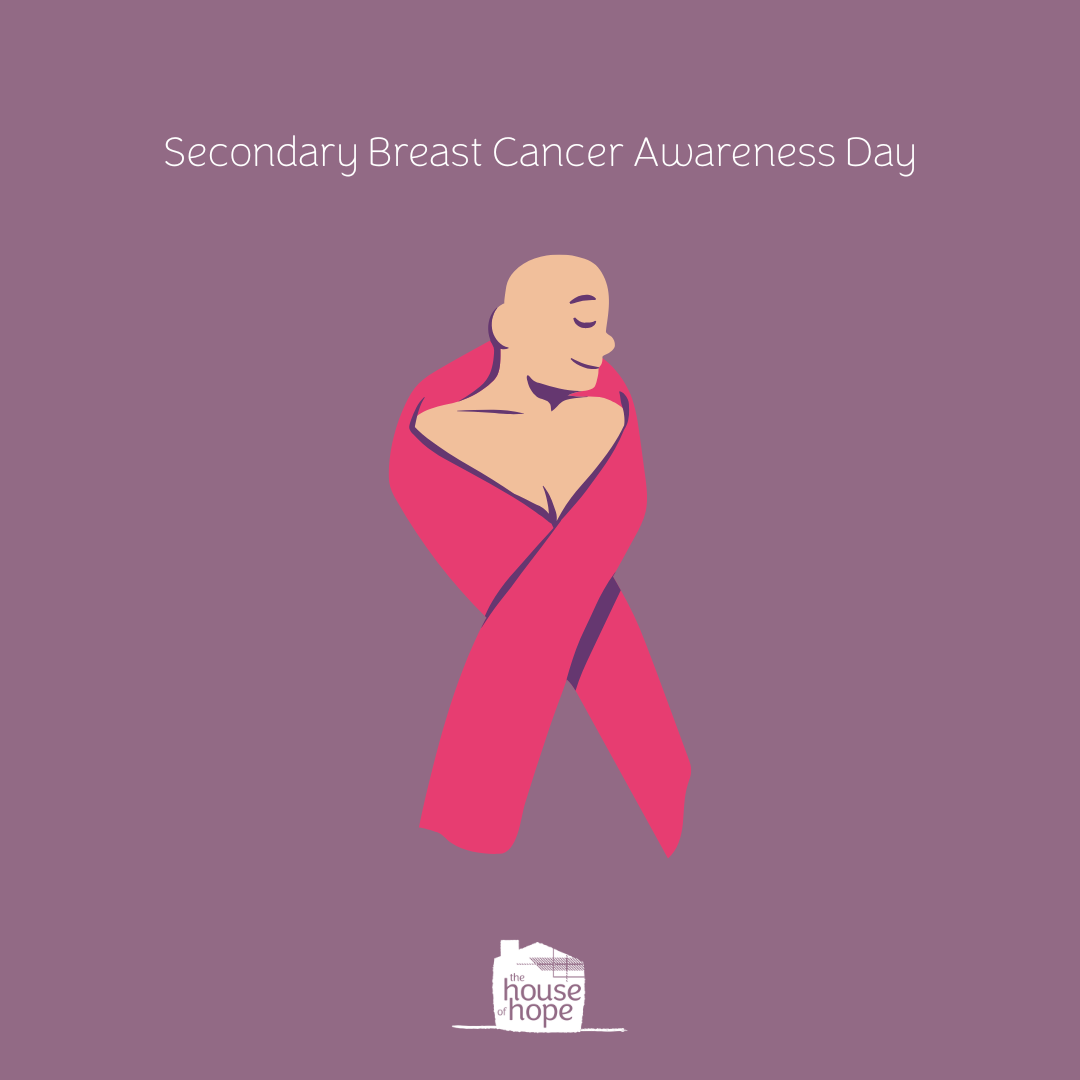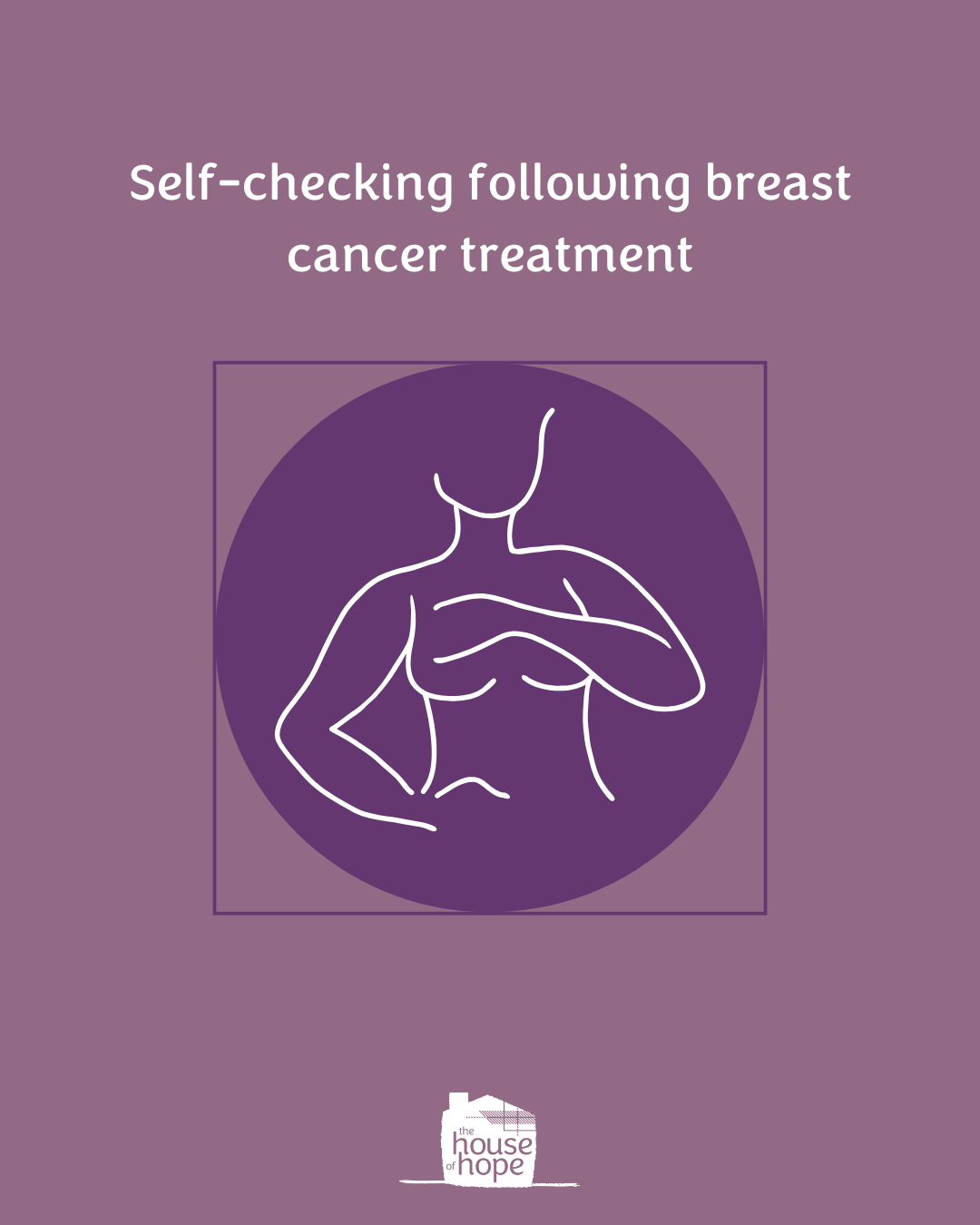We understand all too well that living with breast cancer can be overwhelming physically, mentally and emotionally. There’s so much information to take in about treatment options, and it’s natural to feel unsure about what each means for you. That’s why this week, we were so grateful to have Clinical Nurse Specialist Lisa Gray with us to host a session all about endocrine therapy.
For many people diagnosed with breast cancer, endocrine (or hormone) therapy plays a big part in treatment and recovery. Here’s a guide to what it is, how it works, and who it can help.
What is Endocrine Therapy?
Endocrine therapy is a treatment used for breast cancers that are hormone receptor-positive. That means the cancer cells use hormones (mainly oestrogen and/or progesterone) to grow. Endocrine therapy works by either lowering the levels of these hormones in the body or by blocking them from attaching to the cancer cells. In simple terms, it cuts off the “fuel supply” that some breast cancers need to grow.
What does it do?
One of the main goals of endocrine therapy is to help prevent breast cancer from coming back after initial treatment (such as surgery, chemotherapy, or radiotherapy). It can also help to slow or stop growth; in cases where breast cancer has spread, endocrine therapy can help control it for longer. And studies have shown that endocrine therapy can make a real difference in long-term outcomes.
Who can have it?
Unfortunately, not all breast cancers respond to endocrine therapy, and it’s only suitable for those that are hormone receptor-positive (healthcare teams can confirm this through tests on cancer cells).
It can be given to:
Pre-menopausal women. It's often used alongside drugs that stop the ovaries from producing oestrogen.
Post-menopausal women. Taken with medicines that reduce oestrogen levels in the body.
Men with breast cancer, although male breast cancer is rarer, endocrine therapy is often part of treatment.
How does it work?
There are different types of endocrine therapy medicines, including:
Tamoxifen – blocks oestrogen from attaching to breast cancer cells.
Aromatase inhibitors (such as anastrozole, letrozole, and exemestane) lower the amount of oestrogen made in the body (used mainly after the menopause).
Ovarian suppression – medicines or procedures that stop the ovaries from producing oestrogen.
Endocrine therapy is usually taken as a daily tablet for several years. It’s a long-term treatment, but it plays a vital role in reducing future risk and supporting recovery.
Living with endocrine therapy
Like all treatments, endocrine therapy can bring side effects, including hot flushes, joint pain, mood changes, and tiredness. Everyone’s experience is different, and while some people have few problems, others may need extra support in managing the effects.
At The House of Hope, we know that treatment doesn’t end when hospital visits do. Adjusting to long-term therapies can be tough, and it’s okay to ask questions, share worries, and seek help. That’s why our sessions with experts like Lisa Gray are so valuable: they give you the chance to learn more, ask any questions, hear practical advice, and feel reassured that you’re not alone.
A caring space to learn and share
If you missed Lisa’s session, don’t worry, we’ll be running lots more events and workshops like this to help people understand the many aspects of breast cancer treatment. We're creating a safe, supportive space where knowledge and expertise bring comfort, and where every person feels heard and cared about.
Endocrine therapy may be just one part of the breast cancer journey, but knowing how it works can make it feel less daunting. If you’d like to find out more or share your own experiences, The House of Hope is here for you.





